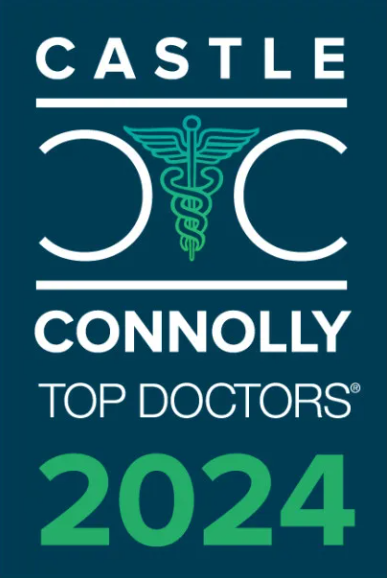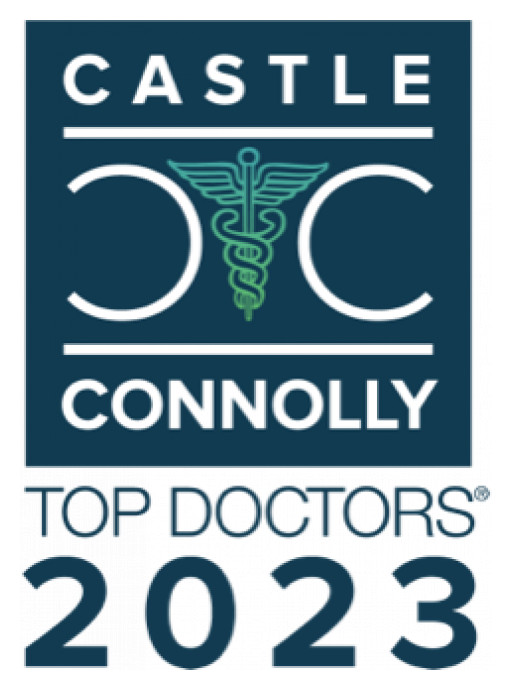Esophagus/Larynx Conditions
Chronic Cough
Chronic cough is a cough that lasts beyond two months. It indicates presence of an underlying disease that needs to be diagnosed and treated appropriately.
The most common causes of persistent cough are post nasal drip (due to allergic rhinitis, sinusitis, nasal polyps or other conditions), asthma, non-asthmatic eosinophilic bronchitis, allergies, acid reflux(GERD), some high blood pressure medication (ACE inhibitors),smoking, bronchiectasis, post infection cough, emphysema and chronic bronchitis. Chronic cough may also be psychological. Other rare causes of chronic cough may include lung cancer, congestive heart failure, tuberculosis (TB), tracheal or bronchial malacia, bronchial lesion, Hodgkin’s disease, hyperthyroidism, Zenker’s diverticulum, cancer of pharynx or sinus, carcinoid tumor, compression of trachea or bronchi, pulmonary congestion from heart disease, parasites (that migrate to the lungs), pulmonary embolism, cardiac arrhythmias, vocal cord dysfunction, pleural disease or foreign body in the auditory canal.
Many pathological mechanisms can be responsible for cough. Sometimes a combination of these mechanisms is responsible for cough, which may lead to treatment-refractory cough. This form of cough responds only if all the conditions, responsible for the persistent cough, are correctly identified and appropriately treated.
Diagnosis
Accurate diagnosis of all the conditions responsible for cough is crucial for proper management of chronic cough. It involves a comprehensive evaluation of the patient that may include detailed medical history, careful physical examination, lung function tests, chest X-ray, laboratory investigations, esophageal endoscopy, allergy testing, methacholline challenge, 24 hour pH probe, nasopharyngolaryngoscopy, CT chest and sinus and bronchoscopy.
Treatment
The treatment of cough involves antitussive drugs, protussive drugs, antibiotics, corticosteroids, bronchodilators with diet control and environmental control depending on the conditions triggering cough. Comprehensive management of all the underlying conditions simultaneously is the key to an effective treatment of chronic cough.
GERD (acid reflux)/LPR (laryngopharyngeal reflux)
Gastro-esophageal reflux disease (GERD) is a condition where the stomach contents (food or liquid) rise up from the stomach into the esophagus, a tube that carries food from the mouth to the stomach.
Normally the stomach contents do not enter the esophagus due to constricted LES. But in patients with GERD stomach content travels back into the esophagus because of a weak or relaxed lower esophageal sphincter (LES). Lower esophageal sphincter is a ring of muscle fibers that surrounds the lower-most end of the esophagus where it joins the stomach. LES acts like a valve between the esophagus and stomach preventing food from moving backward into the esophagus
Heartburn is usually the main symptom; a burning-type pain in the lower part of the mid-chest, behind the breast bone. Other symptoms such as a bitter or sour taste in the mouth, trouble in swallowing, nausea, dry cough or wheezing, regurgitation of food (bringing food back up into the mouth), hoarseness or change in voice, and chest pain may be experienced.
The exact cause of what weakens or relaxes the LES in GERD is not known, however certain factors including obesity, smoking, pregnancy, and possibly alcohol may contribute to GERD. Common foods that can worsen reflux symptoms include spicy foods, onions, chocolates, caffeine containing drinks, mint flavorings, tomato based foods and citrus fruits. Certain medications can also worsen the reflux.
There are several tests that can be performed to diagnose GERD and they include:
- Endoscopy: This test allows the doctor to examine the inside of the patient’s esophagus, stomach, and portions of the intestine, with an instrument called an endoscope, a thin flexible lighted tube.
- Barium X-rays: These are diagnostic x-rays in which barium is used to diagnose abnormalities of the digestive tract. You are asked to drink a liquid that contains barium. The barium coats the walls of the esophagus and stomach and makes the abnormalities visible more clearly. Then X-rays are taken to see if there are strictures, ulcers, hiatal hernias, erosions or other abnormalities.
- Twenty four-hour pH monitoring – In this procedure, a tube will be inserted through the nose into the esophagus and positioned above the LES. The tip of the tube contains a sensor which can measure the pH of the acid content refluxed into esophagus. A recorder, strap-like device that can be worn on wrist, will be connected to record the pH of the acid content. The tube will be left in place for 24 hours. Patients can also go back home and perform their regular activities and can record the pH of the acid content when they experience the symptoms. On the next day the recorder will be connected to a computer and the data will be analyzed.
- pH Capsule: It is a new method of measuring acid exposure in the esophagus. A small wireless capsule which is introduced into the esophagus by a tube through the nose or mouth. The tube is removed after the capsule is attached to the lining of the esophagus. The pH sensor transmits signals to a computer which collects the data about the acid exposure over the usual 24 hours. The capsule falls off of the esophagus with time and is passed in the stool.
- Impedance study: This test is similar to pH test but requires two probes; one is placed in the stomach and the other just above the stomach. The dual sensor helps to detect both acidic and alkaline reflux.
Antacids are over-the-counter medicines that provide temporarily relief to heartburn or indigestion by neutralizing acid in the stomach. Other medications such as proton pump inhibitors and H2 antagonists may be prescribed to reduce the production of acid in the stomach.
Surgery may be an option for patients whose symptoms do not go away with the medications. Nissen’s fundoplication is a surgical procedure in which the upper part of the stomach is wrapped around the end of your esophagus and esophageal sphincter, where it is sutured into place. This surgery strengthens the sphincter and helps prevent stomach acid and food from flowing back into esophagus.
Endoluminal gastroplication or endoscopic fundoplication technique requires the use of an endoscope with a sewing device attached to the end, known as EndoCinch device. This instrument place stitches in the stomach below the LES to create a plate which helps reduce the pressure against the LES and help strengthen the muscle.
Chronic GERD left untreated can cause serious complications such as inflammation of the esophagus, esophageal ulcer, narrowing of the esophagus, chronic cough, and reflux of liquid into the lungs (pulmonary aspiration). Some people develop Barrett’s esophagus, in which there is changes in the esophageal lining that can lead to esophageal cancer.
General measures the patient can take to reduce reflux are:
- Avoid eating before going to bed as this may decrease the acid production
- Eat smaller and more frequent meals
- Lose weight if you are over weight
- Elevate the head of the bed
- Eliminate the foods that increases the reflux
- Avoid smoking and use of alcohol
- Check with the physician regarding side effects of prescription medications



